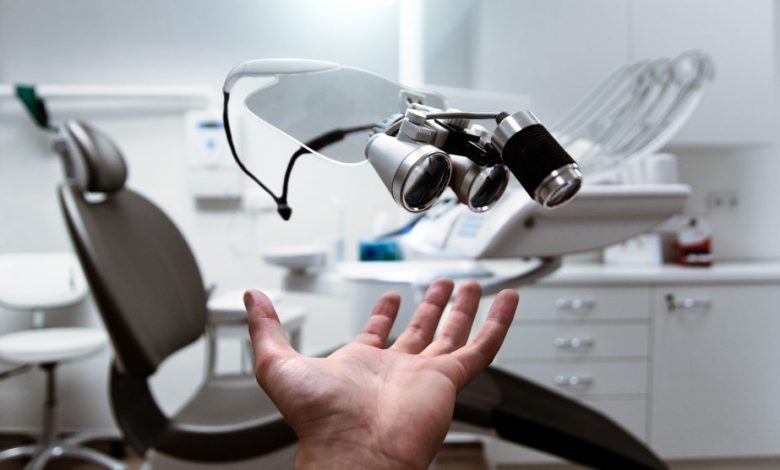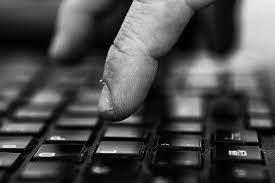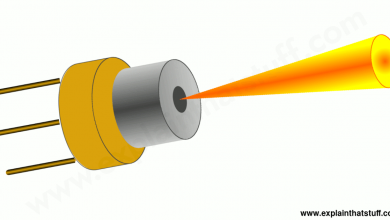5 Tips for Creating a Medical Device

Creating a medical device can be a challenging but rewarding endeavor, especially if you are a first-time inventor. While designing and manufacturing a medical device is complex, some key tips can help make the process smoother. Here are five important tips to help you in beginning this exciting journey. Following these tips can make the medical device manufacturing process more manageable and successful.
Understand the Regulations
Medical devices are subject to extensive safety and quality requirements, which must be met before they can be commercially released. Before designing or producing a medical device, identify the specific safety and quality requirements that must be satisfied. While many different types of regulations must be considered when designing a medical device, some of the most important include those established by the U.S. Food and Drug Administration (FDA) and International Organization for Standardization (ISO). Familiarize yourself with the requirements for pre-market approval, including clinical trials and labeling and manufacturing requirements. Investigate the necessary documentation and testing procedures to ensure the device is safe and effective. When you finish designing your device, it is important to use regulatory compliance software that will always keep you updated with regulatory requirements.
Research the Market
Researching the market should include understanding what the current needs are, what solutions already exist, and what the competition is offering. While there are many different types of devices that you could create, it is important to focus on those that have a high potential for success. Before beginning any design or development work, it is important to research what devices have a large market potential and what technologies may be most applicable to your product. You should also consider determining the probable demand for the product. Additionally, you should research the costs associated with the development and manufacturing of the device and the profit potential.
Find the Right Partners
Finding the right partner is the next key step in creating a successful medical device. The partner should have the necessary experience and resources to help you create the device and work with you to bring it to market. Consider partnering with universities and research institutions to access their resources and personnel. Look for organizations that specialize in medical device development and can provide guidance and expertise to help you develop and commercialize the product. Additionally, you should consider partnering with established companies with the finances and infrastructure to help you bring the product to market. These partners can provide valuable feedback and support throughout the development process.
Create a List of Important Features
Creating a list of must-have features for your medical device is essential for success. This list should include all the features you need your device to have and any optional features you may want to include. The features should be based on user needs and in line with applicable regulations and guidelines. Start by gathering feedback from potential users, such as healthcare professionals and patients, to determine their needs and preferences. Once you have a list of features, start developing the specifications for your device. This includes designing the exterior and interior of the device, as well as creating the software and hardware that will power it. Finally, test your device to ensure it meets all specified requirements.
Automate Your Workflow
Automating your workflow can be a great way to streamline the process of creating a medical device. Doing this will save time, energy, and money while ensuring that all tasks are completed correctly. You can achieve automation through software programs, such as data management systems, that can help you organize and track all aspects of the process. You can also use these programs to automate the ordering process so that you can get the supplies you need without constantly checking and ordering new items. In addition, you can use software to create prototypes of your device and test them before you finalize the design. That will help ensure that your medical device is safe and effective when released to the market.
Conclusion
By taking all of these factors into account, it is possible to create a medical device that meets the needs of patients and maximizes profits. However, without adequate research, finding the right solution or meeting regulatory requirements may be difficult. By doing your homework before beginning development, you can ensure that your product will succeed.





